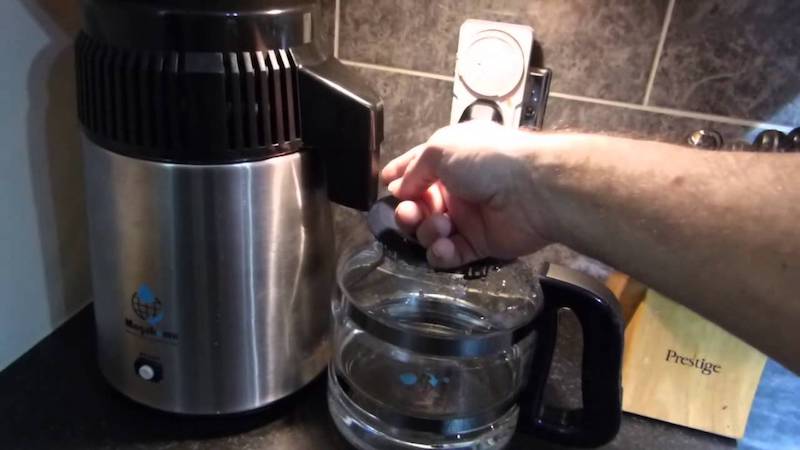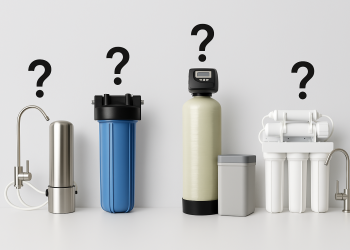If you live in an area where the water from your tap is not as good quality as you would like, you may be looking into various water treatment options. One of the most popular methods of water treatment is one that is the oldest – water distillation. Despite its popularity and commonplace even in modern society, there are many questions you may have about it that need answering before you decide to invest in it.

For example, you may wonder how it works and crucially, what a water distiller removes. If these are the questions you have, then the following post is designed with you in mind as we are going to answer them.
First, let’s get a bit of background information.
Water Distiller – What is it, and how does it work?
Water Distillation is a form of water treatment that provides you with water free from contamination. It transforms water into a vapor, then condenses it and then converts it back into its original liquid form. It is when the water is being evaporated that all impurities such as poisons like arsenic and other contaminants like heavy metals and bacteria are removed, as they can’t be converted into steam. They are therefore separated from the water particles as they are converted into a gas. As the water is cooled inside the water distiller, it returns to its liquid state free of all unwanted minerals and contaminants.
The process of water distillation is not a new thing, and even before man-made equipment and machinery to perform it, the planet we live on has been doing it naturally. That is where the concept of water distillation came from – Earth. The water found in ponds, lakes, and even the ocean is evaporated by the heat generated by the sun and converted into a gaseous form. This vapor rises and then cools down. While it cools, it condenses and forms clouds, after which it returns to its original liquid state and falls on the earth in the form of rain, hail, and snow.
This natural process known as the hydrologic cycle does not just continually transform the water on the planet from liquid to gas to liquid again; it also purifies and recycles it.
What is Removed by a Water Distiller?
Water distillation removes all impurities found in water. This includes lead and similarly heavy metals, solids, dissolved salts, organic compounds, and fluoride. When the water is transformed into steam, the distiller can get rid of the chemicals and other contaminants found in the water. As water is boiled during the distillation process, it neutralizes any viruses present because dangerous microorganisms and pathogenic bacteria cannot survive in high temperatures.
You will find that most local municipal services add chloramine and chlorine as part of the sterilization process of the main water supply. However, chlorine can give water an unpleasant chemical odor and flavor, which can be easily removed through water distillation. Iron, copper, barium, pharmaceuticals, and nitrates along with minerals that contribute to the hardness of water are all removed too.
What a Standard Water Distiller Can’t Remove
As good a water treatment as it is, there are some things that a standard water distiller can’t remove. For instance, benzene and VOCs, i.e., contaminants that can be transformed from a liquid state to gas form. However, this issue can be solved if you invest in a water distiller with a postfilter or inline prefilter with activated carbon. These incredibly volatile organic substances are made from carbon and therefore, will adhere to the carbon-based, porous surface of the filters.
There you have it; you now know a bit more about the water distillation process, including how a basic water distiller works and important information about what it removes. It’s no wonder distillation is still one of the best and most highly recommended water treatment systems.
It is easy to use, affordable, and effective at removing almost all contaminants and unwanted compounds from water. For anything a water distiller can’t remove on its own you can either get a system with a carbon profilter or have one installed separately as an extra line of defense so that you have









Comments 1